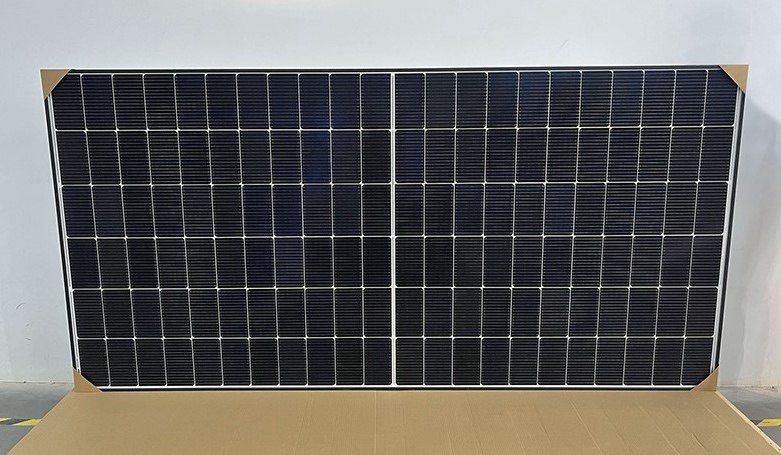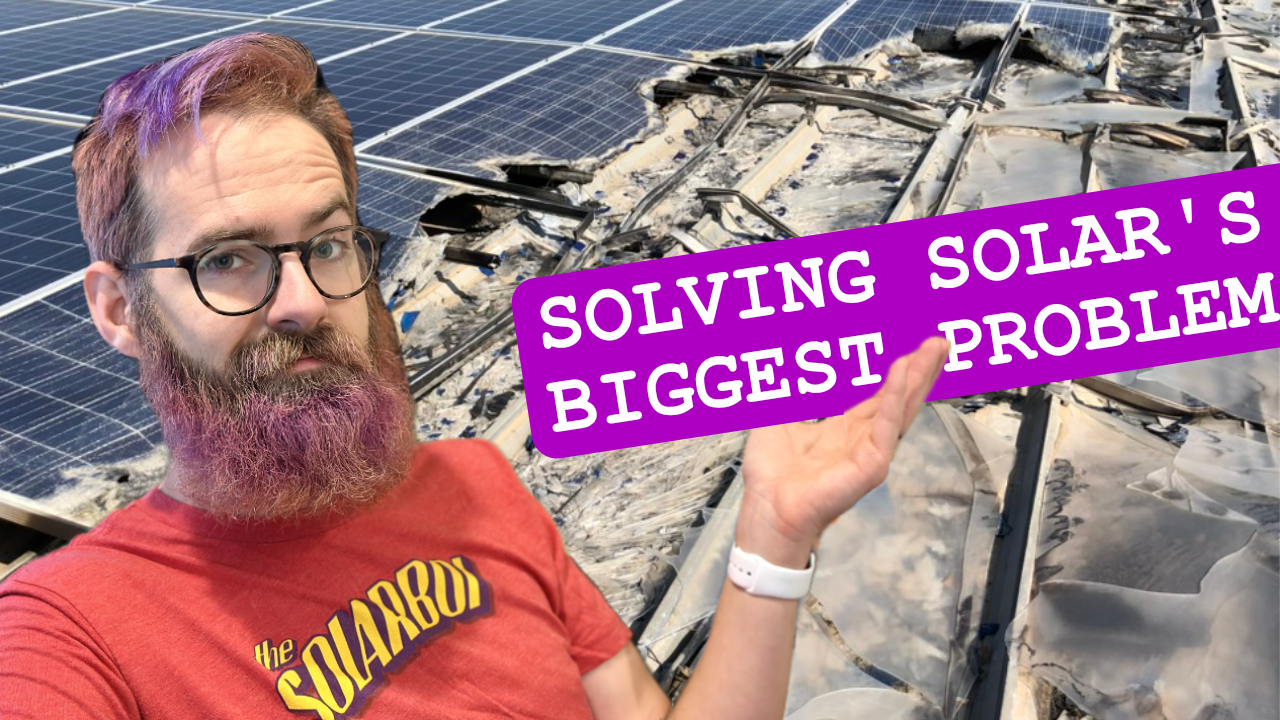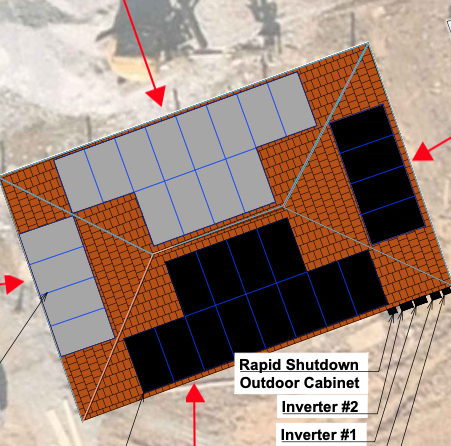From Eric Peterson at Utah Investigative Journalism Project:
McDole has hired a lawyer and is still battling the company over her claim of roof damage and for giving her what she said is false information about tax rebates being able to offset a third of the $40,000 loan she had to take out.
When McDole heard about Lumio’s tax incentive, she was astounded.
“Where’s my fucking tax break?” she asked.
Sigh. Another day, another large solar company accused of defrauding their customers. The entire article’s very good, go read it and then come back.
I keep getting Pink Energy vibes, here. For better or worse, I’ve been obsessed with the Powerhome Solar/Pink Energy story recently, along with diving into the CEO’s claims and actions over the course of the last several years. Pink Energy, of course, went bankrupt in 2022, after years of customer complaints— similar to those being brought to Lumio. Of course, Pink Energy’s death was brought much more swiftly due to issues with Generac’s solar product at the time, but I tend to think Pink Energy wasn’t going to last, anyway. I’ve seen enough reports of bad training and mismanagement at the lower levels that is really hard to fix, especially when the CEO bragged in his own book about firing 20% of Powerhome staff, every time the performance numbers weren’t where they needed to be1.
Solar is complex. Honestly, more complex than it often needs to be, mostly due to regulatory shit. Changing codes, especially when you’re a company that’s multi-state, can be a nightmare for training designers and installers. And I don’t know for sure what Lumio’s business model is, either, because there’s a ton of conflicting information about whether Lumio’s installer’s are all in-house or if they use a number of contractors (I dare you to try deriving any conclusion from this Reddit thread, for example). Regardless, they started by buying or merging with a number of solar companies. Especially in that situation, quality and customer care becomes a super difficult thing to manage and maintain under the expectation of immediate growth, a problem with most investor-backed companies.
Growth at all costs is extremely costly. And in this industry, growth at all costs for a solar company usually ends up being more costly for the customer. Large solar companies are often able to hide behind well-paid lawyers, flashy marketing, and tedious games of phone tag, where the solar company never tags back.
And again, we come back to the question: Will solar ever get to a place where we’re not identified largely as scammers, and if so, what are the market forces that will finally make it happen? Do we need yet more regulation, this time in sales contracts? Do we need “Nutrition Facts” labels for solar contracts, explaining in consistent terms how if you don’t have the tax liability to get your 30% credit, you’re gonna suddenly be paying way higher monthly bills for the next 20 years? Do we need some faster, state-enforced means of forcing lazy solar installers to come back and fix their fucked installations? Or is this simply an inevitable by-product of the opportunity presented by federal tax credits and grants, seized by salesmen and CEOs with dollar signs in their eyes?
Just stop screwing up my industry, geeeeeez
- Own Your Power by Jayson Waller, p138 ↩︎









